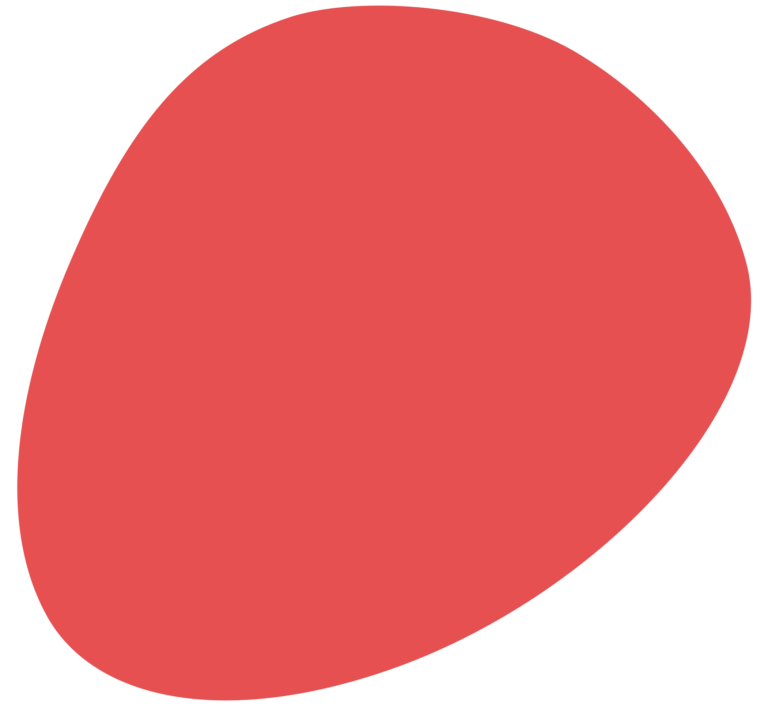How it all began

How it all began
by Cornelia Jenny
Over 20 years ago
No, he could not offer me a job in his environmental office, the man with a deep voice said on the phone, but he knew a woman who had set up a foundation and needed help implementing all her ideas. So I contacted this woman. Her name was Regina Frey and she did not really have time to talk. So we arranged to meet in Winterthur.
Completely fascinated, I returned home that evening. This lady, Ms Frey, had an incredible number of ideas, in fact visions. I could feel a very strong sense of her will to tackle and implement these visions, and this really captivated me. I googled the PanEco Foundation, a tiny NGO based in the picturesque Berg am Irchel.
Ahead of the times
In the little information I had found up to that point, two terms really stood out: “environmental education” and “sustainable development”. I could really relate to the term environmental education as it was exactly what I envisioned as a future career and I already had a lot of experience in this field. In Switzerland, the term was relatively unknown, as were the possibilities for using environmental education. And then there was this “sustainable development”… today it is impossible to imagine that, back in 1998, hardly anyone was familiar with the term. Today, it is on everyone’s lips, covered almost excessively in the media, and heavily highlighted in the mission statement of every institution or company that wants to develop in line with the times. However, the term was already an established part of Regina Frey’s vocabulary and in the mission statement of the PanEco Foundation – years ahead of the times.
A vision becomes reality
At a meeting in the old school building in Berg am Irchel, the official headquarters of the PanEco Foundation, Regina and I discussed the upcoming projects – here in the middle of the Zurich Weinland region. I was young and open at the time, while Regina was visionary with some life experience. The foundation commissioned me to carry out a needs assessment on the topic of “environmental education – is it necessary?” The assignment turned into a permanent job.
Together with Regina Frey, I gradually established environmental education in Berg am Irchel. One of the project partners from the very beginning was the Berg am Irchel Bird of Prey Sanctuary (which, at that time, did not yet belong to the foundation). Many school classes already came to the sanctuary in these years. In addition, we then let classes observe birds of prey in their natural habitat, the Flaachemer Feld field in Flaach. The large garden in Berg am Irchel (now BungertHof) also soon became a fixed part of our environmental education programme. Pond building courses, felting courses and presentations about sheep, for example, took place.
Stories from the office
The PanEco Foundation grew and the office in Berg am Irchel which, with its centrepiece, the green tiled stove, was still somewhat reminiscent of a schoolroom, had to be renovated and meet the requirements of a new office with a variety of workplaces and infrastructure. Until then, the practically uninsulated building, and therefore also our office, had to be heated with the tiled stove in the winter half-year. If nobody remembered to light the fire early in the morning, the room temperature was often only 10 degrees – so not really cosy. However, Regina’s dog “Manis” often joined me in the office and slept on my cold feet. Anyway, the PanEco office often seemed to me to be a kind of meeting place in Berg am Irchel: since there was no bell and the doors were, in fact, always open, a lot of people, most of them looking for Regina, simply came to the PanEco office. So I felt that I got to know half the village. I look back fondly on the many conversations with the people from the village. The barkeeper next door, the shopkeeper, the secretary from the publishing house diagonally opposite, the old joiner, the busy carpenter, the winegrower, the forest ranger, the pastor and of course the postman. They all dropped by at the office more or less regularly – and the list is not exhaustive. The common room in the basement, which incidentally served the community for many years as a public viewing room for the recently deceased, is still used today as a kitchen, break room and meeting room. The building’s charm has been preserved even after more than 200 years.
Foundation of the Environmental Education Centre (UBZ) NeulandWeinland
An important milestone was reached with the official foundation of the UBZ NeulandWeinland. With our already very extensive range of courses, we were able to address many people from the region and make them aware of our objectives. The cooperation with the local schools and authorities worked very well and the PanEco Foundation gained a lot of prestige in the region during this period. The local media regularly reported on our activities. The absolute highlights of the year included sheep shearing, which attracted around 100 visitors a year to Chileplatz, including many children and school classes. But the legendary Saint Nicholas event in the forest, with Santa, his helper and two donkeys, was also an integral part of the programme and was much loved by the population.
Local environmental education had become a permanent feature at PanEco, which often also reached its limits in terms of capacity. So we soon also decided to train interns who wanted to get involved in environmental education after their studies and gain their first professional experience. This was also done in the spirit of sustainable development, which was already a strong focus of activities at PanEco at the time. Some of the interns stayed with us as employees for many years, and in some cases are still with us today.
Thurauen Nature Centre – a major project is planned
PanEco became successfully established in the field of environmental education. The only thing restricting us was the infrastructure, which made it impossible to continue growing because there were no sanitary facilities or group rooms for events, for example. When 15 schoolchildren had to quickly use the only toilet at the same time before an excursion and it was also used by the office staff, there were inevitably bottlenecks.
So the major project planned by the Canton of Zurich, “Hochwasserschutz und Auenlandschaft Thurmündung” (Flood prevention and pasture landscape at the mouth of the Thur), came just at the right time. In an application process, PanEco applied to run the new centre – and with its local roots and many years of experience in environmental education, its bid was successful in the end. Although it was a long way from the originally planned “info pavilion” on the premises of the TCS campsite in Flaach to the development of the “Paradiso Centre” and today’s Thurauen Nature Centre, it was the fulfilment of a great dream to plan and build a local nature centre with a good vibe and great potential.
I remember the planning phase of the nature centre as a very creative phase. Ideas were needed, possible solutions clarified and funding generated. Project partners were looked for and many contacts made. At the same time, the UBZ NeulandWeinland continued to operate.
I still remember the ground-breaking ceremony of the nature centre very well. It was cold and wet – and no one could really imagine the centre at that time. Finally, in August 2011, the time came. The Thurauen Nature Centre was inaugurated with a glitzy celebration in the presence of Federal Councillor Doris Leuthard and Cantonal Council President Markus Kägi.
by Sonja Falkner
Since the opening
The large crowds and the great deal of positive feedback after the opening showed that the efforts of the previous years had been worthwhile. Over 16,000 visitors flocked to the Thurauen Nature Centre in its first full year of operation. Schools, associations, private individuals and even two Chinese delegations who wanted to learn more about water protection, environmental education and renaturation took advantage of our offers. The nature centre had soon established itself in the region as a place of learning and a destination for excursions. In order to maintain and promote the balance between untouched nature and recreation seekers, a ranger service was established by PanEco in the Thurauen floodplain.
Past special exhibitions
Since then, both the Thurauen floodplain and also the nature centre have constantly changed and developed. The nature centre’s permanent exhibition “Kosmos Auenlandschaft” (Pasture landscape cosmos), which has existed since the centre opened, was temporarily supplemented in the centre’s first year of operation with the addition of the theme of neobiota (invasive animal and plant species). This was subsequently replaced by the first large special exhibition “Bees”. After bees, the focus was on the grass snake as a typical representative of the floodplain and there were changing small exhibitions on the theme of art and nature. The special exhibition “Auenwald-Regenwald: Wie lange noch?” (Floodplain forest and rainforest diversity: how much longer?) on display from 2017 to 2018 highlighted the similarities and differences between floodplain forests and tropical rainforests, referring to the link between the nature centre and PanEco’s Sumatran Orangutan Conservation Programme. After completion of the Thurauen floodplain project, we revised the permanent exhibition and were able to present the updated exhibition “Kosmos Auenlandschaft 2.0” in 2020. The nature centre’s many different offers have also been constantly revised, adapted and expanded. Cooperation with partners from the region was initiated and successfully implemented, a Thurauen floodplain app was launched and over 2,000 groups and school classes learned about the fascinating world of floodplains on excursions and guided tours.
Outlook
Of course, we will continue to keep the nature centre up to date in the coming years. The redesigned permanent exhibition has been created in such a way that the latest data and findings can be constantly incorporated. In addition, we will present a different special exhibition on a floodplain theme every two years or so.
For the peak season in 2022, our exhibition will have an additional station on the nature centre’s terrace. The focus here is on the relationships and interactions between humans and nature, especially in connection with climate change – therefore dealing with a highly topical issue. In addition, the ageing adventure path, including the adjoining group space, is being renovated. The walk through the small floodplain forest will continue to focus on a direct experience of nature, while the group space will be transformed into an educational space with a focus on learning through playing and discovery.



